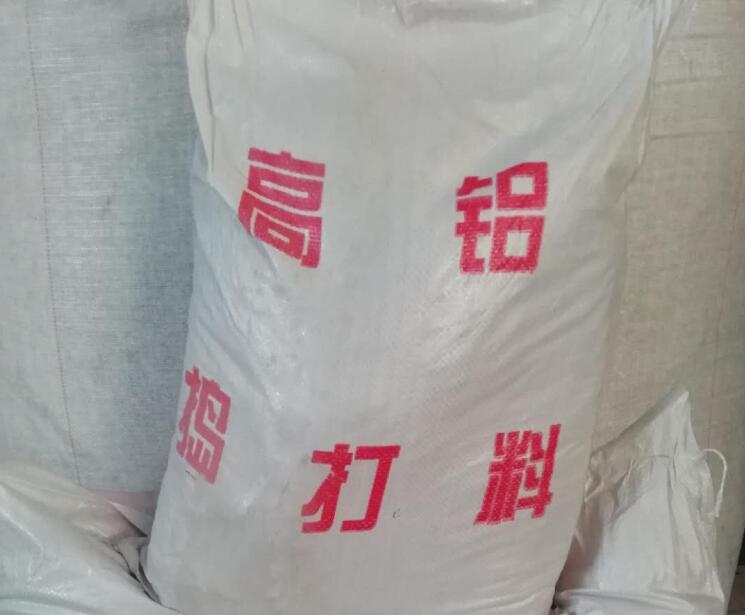

News
 熱門推薦
熱門推薦


中(zhong)(zhong)頻(pin)爐(lu)用(yong)耐火材(cai)料(liao)多為干式(shi)(shi),例如干式(shi)(shi)搗打(da)料(liao),也稱之為打(da)結料(liao),根據化學(xue)性(xing)質耐材(cai)有(you)中(zhong)(zhong)性(xing)、堿性(xing)和酸性(xing)材(cai)料(liao),中(zhong)(zhong)頻(pin)爐(lu)有(you)無芯中(zhong)(zhong)頻(pin)爐(lu)、有(you)芯感應爐(lu)等(deng)等(deng),根據爐(lu)子的特點(dian)和環境來選擇合適耐火材(cai)料(liao)。
對于(yu)熔化鑄鐵的(de)中頻(pin)爐(lu)內襯一(yi)般(ban)采(cai)用(yong)(yong)價格比較(jiao)便宜的(de)石英砂(sha)做打(da)結(jie)料。當冶(ye)煉溫度高、冶(ye)煉條件比較(jiao)惡劣時(shi)石英砂(sha)打(da)結(jie)料的(de)使用(yong)(yong)壽(shou)命就大(da)大(da)下降,不(bu)能滿足(zu)用(yong)(yong)戶的(de)使用(yong)(yong)要求。這時(shi)就需(xu)要采(cai)用(yong)(yong)鎂(mei)質、鎂(mei)鋁質、鎂(mei)鉻質等干式打(da)結(jie)料(也(ye)就是大(da)家(jia)常說的(de)堿(jian)性爐(lu)襯材料)。

耐火材料常見的成型方法(fa)有哪些
耐材(cai)的(de)成(cheng)(cheng)(cheng)(cheng)(cheng)(cheng)型(xing)(xing)(xing)方式很多(duo),常見的(de)成(cheng)(cheng)(cheng)(cheng)(cheng)(cheng)型(xing)(xing)(xing)方法(fa)有(you)擠(ji)壓(ya)成(cheng)(cheng)(cheng)(cheng)(cheng)(cheng)型(xing)(xing)(xing)、振動成(cheng)(cheng)(cheng)(cheng)(cheng)(cheng)形、擠(ji)壓(ya)成(cheng)(cheng)(cheng)(cheng)(cheng)(cheng)型(xing)(xing)(xing)、搗打成(cheng)(cheng)(cheng)(cheng)(cheng)(cheng)型(xing)(xing)(xing)、等(deng)靜壓(ya)成(cheng)(cheng)(cheng)(cheng)(cheng)(cheng)型(xing)(xing)(xing)、熔(rong)鑄(zhu)成(cheng)(cheng)(cheng)(cheng)(cheng)(cheng)型(xing)(xing)(xing)、注(zhu)漿(jiang)成(cheng)(cheng)(cheng)(cheng)(cheng)(cheng)型(xing)(xing)(xing)等(deng)。目前耐火材(cai)料生產中使用更多(duo)的(de)成(cheng)(cheng)(cheng)(cheng)(cheng)(cheng)型(xing)(xing)(xing)方法(fa)為機(ji)壓(ya)成(cheng)(cheng)(cheng)(cheng)(cheng)(cheng)型(xing)(xing)(xing)法(fa),該法(fa)使用壓(ya)磚機(ji)和模具將泥料壓(ya)制(zhi)成(cheng)(cheng)(cheng)(cheng)(cheng)(cheng)胚體,因(yin)因(yin)一般含(han)水(shui)率(lv)約5%的(de)半(ban)干(gan)泥料,故也成(cheng)(cheng)(cheng)(cheng)(cheng)(cheng)為半(ban)干(gan)法(fa)成(cheng)(cheng)(cheng)(cheng)(cheng)(cheng)型(xing)(xing)(xing)。機(ji)壓(ya)成(cheng)(cheng)(cheng)(cheng)(cheng)(cheng)型(xing)(xing)(xing)具有(you)配體結構致密,強度高,干(gan)燥和燒成(cheng)(cheng)(cheng)(cheng)(cheng)(cheng)收縮小,尺(chi)寸也容(rong)易控(kong)制(zhi),又(you)可(ke)分為單面加壓(ya),和雙面加壓(ya)兩(liang)種(zhong),后(hou)者可(ke)減小胚體的(de)層(ceng)密度現象。
選擇何(he)種成(cheng)型(xing)方法主要根據泥料(liao)性質,胚體(ti)的(de)(de)(de)形狀、尺(chi)寸及其他(ta)工藝要求,除覺大部分耐火材(cai)料(liao)采(cai)用機壓(ya)成(cheng)形外振動成(cheng)形用于成(cheng)型(xing)大的(de)(de)(de)異形坯(pi)(pi)體(ti),擠壓(ya)成(cheng)型(xing)一般用于管狀坯(pi)(pi)體(ti)的(de)(de)(de)成(cheng)型(xing),注漿(jiang)成(cheng)型(xing)一般用于中空壁(bi)薄的(de)(de)(de)坯(pi)(pi)體(ti)成(cheng)形。等靜壓(ya)成(cheng)型(xing)目前主要用于高性能耐火材(cai)料(liao)的(de)(de)(de)生產。
當然(ran),成(cheng)型方法的(de)(de)選擇(ze)還受到(dao)生產廠設備(bei)條件的(de)(de)限制(zhi),因(yin)而(er)某些制(zhi)品就(jiu)不能采用成(cheng)型方法。在這種情況(kuang)下(xia)(xia),企業(ye)應在滿足制(zhi)品技術要求的(de)(de)前提下(xia)(xia),選擇(ze)其他較為合(he)適的(de)(de)成(cheng)型方法。
中頻爐耐火材料打結(jie)成型辦(ban)法:
1、要按規則的粒度(du)制(zhi)造好砂料,并(bing)與(yu)添(tian)加劑均勻混合(he)。如(ru)果(guo)選(xuan)用濕法(fa)打(da)結時,可參加1%~2%的水分,混合(he)后放(fang)置1~2h后運用。
2、在感應器內側鋪以(yi)石棉布。
3、爐底(di)打(da)(da)結(jie)。分(fen)批參(can)加(jia)砂料后,每次(ci)用直徑為(wei)12~14mm的(de)尖頭鋼釬重復搗實。爐底(di)打(da)(da)結(jie)加(jia)料次(ci)數為(wei)4~5次(ci),爐底(di)的(de)厚度一般打(da)(da)結(jie)到規(gui)則(ze)高(gao)度,每次(ci)打(da)(da)結(jie)時刻至少10min。
4、放入坩堝型芯,即操控坩堝形狀和(he)容積的胎具。
5、爐口(kou)打結。